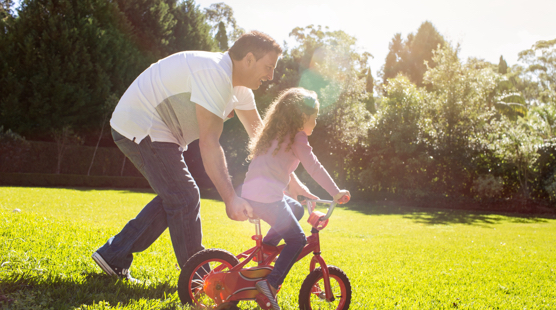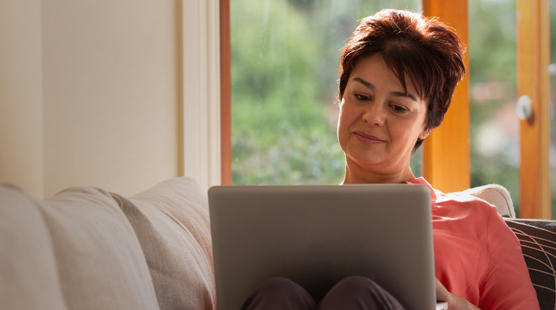Some people snore and some don't. Here's why:
People with enlarged tonsils or an enlarged tongue are more likely to snore.
People with extra weight around the neck are more likely to snore.
The shape of one’s nose or jaw can also cause snoring.
40% of normal adults snore regularly. 2 Source: Ohayon MM et al., “Snoring and breathing pauses during sleep: telephone interview survey of a United Kingdom population sample”. BMJ. (1997); 314:860–3.
95% of snorers say their snoring bothers their family or partner. 3 Source: A +A Healthcare study undertaken with 95 patients who wore Narval CC (Equinoxe in France) in 2011.
Snoring and fatigue are the most common symptoms of obstructive sleep apnea (OSA), 4 Source: Mendes F et al., “Epidemiologic Profile of Patients with Snoring and Obstructive Sleep Apnea in a University Hospital,” Int Arch Otorhinolaryngol (2014):142–145. and approximately 1 in 3 people have OSA. 5 Source: Benjafield AV et al. Estimation of the global prevalence and burden of obstructive sleep apnoea: A literature-based analysis. Vol 7:8; 687-98. Lancet Respir Med 2019
Snoring was the first sign for Leilani N. that she had obstructive sleep apnea. When her grandchildren complained about her constant snoring, she knew she needed to talk to her doctor. 1 Source: This patient story is a genuine and documented account of the individual’s response to treatment. Outcomes and results may vary, and this individual’s response does not provide any indication, warranty or guarantee that other people will have the same or a similar experience. Talk to your healthcare professional for further information. All patient story videos are originated in USA.
The myNightTM mobile app can help you reclaim your sleep to awaken your best again. Combined with a short questionnaire, the myNight app monitors your breathing patterns while you sleep, and will calculate the ridk level your snoring may be putting you at. It also measures any breathing pauses that may occur during the night.
4 steps to take if you or a loved one snores:
01
The most common sign of sleep apnea is snoring. Complete a quick 3-minute assessment to see if you might be at risk for sleep apnea.
Start now02
After taking the sleep assessment, discuss your symptoms and results with your doctor. Your dentist may also be able to provide guidance.
03
Your doctor may recommend you schedule a sleep test to get a better idea of your snoring habits. It can be done in a sleep test clinic or in the comfort of your home.
04
Your doctor will review your sleep test results. If you're diagnosed with sleep apnea, you'll receive a prescription for CPAP therapy and equipment, which may also help your snoring. Here's a helpful overview of treatment options and what you can expect after diagnosis.
Explore options
Learn about the signs and symptoms of sleep apnea and the benefits of therapy.

Take our free sleep assessment and find out if you might be at risk for sleep apnea in just 3 minutes.

Having any difficulties? talk to us so we can make our CPAP journey even better
Source: This patient story is a genuine and documented account of the individual's response to treatment. Outcomes and results may vary, and this individual's response does not provide any indication, warranty or guarantee that other people will have the same or a similar experience. Talk to your healthcare professional for further information. All patient story videos are originated in USA.
Source: This patient story is a genuine and documented account of the individual's response to treatment. Outcomes and results may vary, and this individual's response does not provide any indication, warranty or guarantee that other people will have the same or a similar experience. Talk to your healthcare professional for further information. All patient story videos are originated in USA.
Source: Ohayon MM et al., “Snoring and breathing pauses during sleep: telephone interview survey of a United Kingdom population sample”. BMJ. (1997); 314:860–3.
Source: A +A Healthcare study undertaken with 95 patients who wore Narval CC (Equinoxe in France) in 2011.
Source: Mendes F et al., “Epidemiologic Profile of Patients with Snoring and Obstructive Sleep Apnea in a University Hospital,” Int Arch Otorhinolaryngol (2014):142–145.
Source: Benjafield AV et al. Estimation of the global prevalence and burden of obstructive sleep apnoea: A literature-based analysis. Vol 7:8; 687-98. Lancet Respir Med 2019